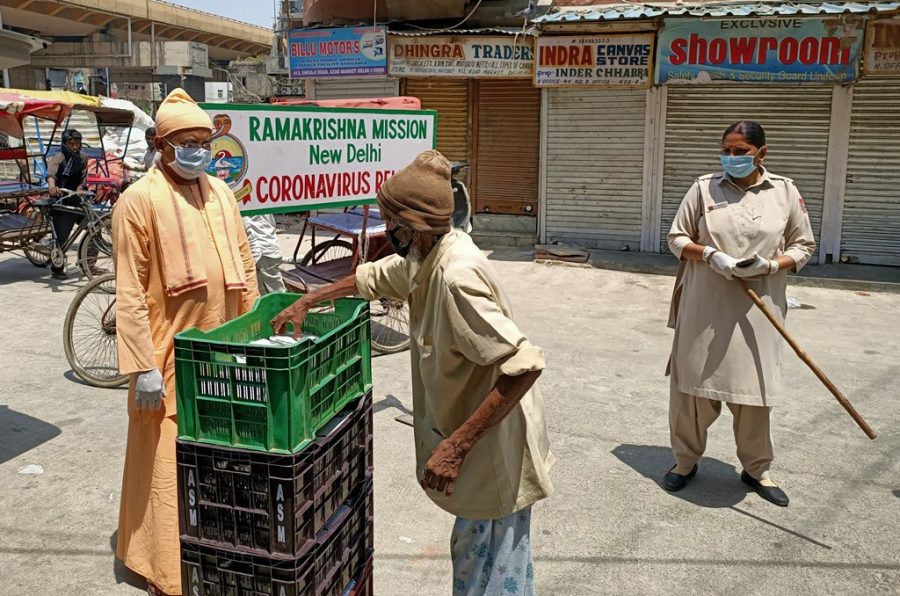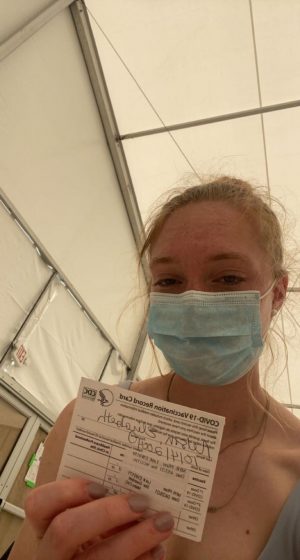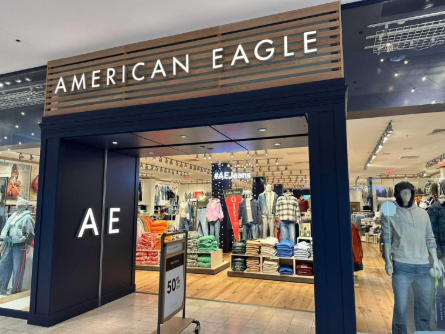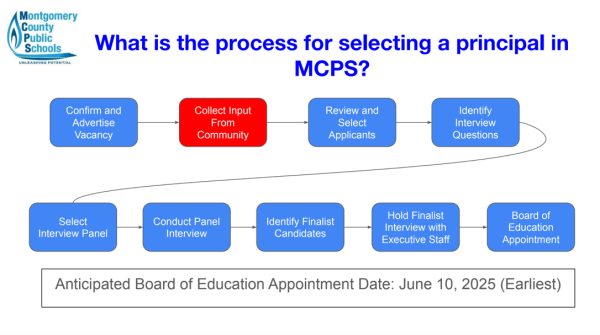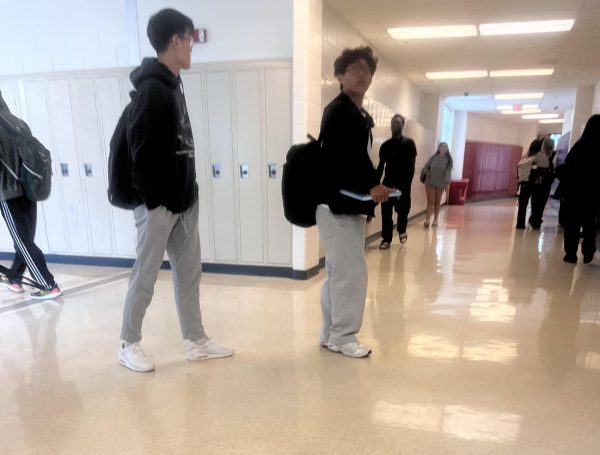Covid-19 surges in India: How wealthy countries’ vaccine hoarding causes harm
Photo Uued with permission from Google Commons
Covid-19 Pandemic Relief Services assist a man in Delhi on May 9, amidst Covid surge in India.
Today in the US, nearly half of the population has received at least one dose of the Covid-19 vaccine. According to Our World in Data, fewer and fewer new cases are being reported daily and federal health officials have begun to suggest the virus’ trajectory in the country is significantly improving. In fact, vaccine supply in America currently outweighs demand. The average vaccination rate has been falling in recent weeks and according to The New York Times, several states have even turned down shipments of the vaccine because they have more than they need.
However, the same cannot be said for the majority of the world. India has been facing a Covid emergency since cases peaked there in early May. While they have begun to decline, hundreds of thousands of new cases are still being reported daily, as well as thousands of Covid-related deaths.
According to recent data from the Centers for Disease Control and Prevention, the Covid-19 variant discovered in India, B.1.617, is more transmissible than the original virus and while it is fast-spreading, current Covid-19 vaccines are effective in protecting against it. However, CNN reported that while India is the world’s biggest vaccine producer, it’s running out of vaccines to give to its own people.
To understand why this is, Vox explains that one first needs to understand how Covid vaccines are funded.
In the first few months of the pandemic in 2020, wealthy governments around the world made deals directly with drugmakers, providing the companies with billions of dollars in order to speed up their Covid-19 vaccine research. In exchange, these companies promised individual countries set numbers of vaccine doses if their vaccine made it through safety and efficacy trials. This kind of transaction, where a government makes a deal directly with a company, is called a bilateral deal.
These billions of dollars were crucial in the making of the current Covid-19 vaccines. Not only that, the Covid vaccines were some of the fastest developed vaccines in history, and without funding from wealthy countries, there’s no way they could’ve been made accessible as quickly as they were. However, the countries that funded the making of the vaccines are also where the majority of available doses were promised to be sent.
In January 2021, the vast majority of available doses had already been bought up and more than half of those doses were held by wealthy countries containing only 16% of the world’s population.
At the beginning of the vaccine-developing process, investing in research that has no guaranteed results was a big risk that only wealthy countries could afford to take. By doing so, they secured doses for themselves before those doses were even close to ready to be manufactured. They also invested in research for multiple suppliers to counteract the risk that any one of them could have failed. So not only did they secure the first doses available, they secured enough doses to cover their populations several times over.
Lower-income countries were able to make bilateral deals for the vaccine later on, but because they didn’t secure priority by making the risky purchases earlier in the development process, they won’t see those vaccines until the first-priority doses have all been manufactured and distributed.
So, since India is lower-income, they made deals later than countries like the US and Canada. As of May 25, while 49.15% of the American population had been at least partially vaccinated, only 11.12% of the Indian population had. When that’s coupled with a lack of sufficient planning, a variant outbreak and a shortage of resources in general due to an underfunded medical system, what happens is what many are calling India’s Covid-19 ‘tsunami.’ According to the Washington post, “India’s vaccine shortage will probably last for months after the government failed to properly plan for a second wave of Coronavirus infections.”
There is a program currently underway with the goal of funding vaccine research without prioritizing wealthier countries’ access to vaccines. The initiative formed by the World Health Organization, Gavi Vaccine Alliance and CEPI is called COVAX. Its objective is to work as a middleman between countries and drug companies in order to supply 92 lower-income countries with vaccines. COVAX is a multilateral system, which works in two ways.
First, higher income countries put their money into COVAX, instead of giving it directly to drug companies for vaccine research. COVAX then uses money from those countries to fund research for multiple suppliers. This way, if vaccine development from one supplier fails, it’s less of a loss because the other suppliers are being funded as well and COVAX is able to negotiate deals on a global scale. This means lower risk for high-income countries.
Second, COVAX buys vaccines for the 92 lower-income countries, using money from donations and charities. When vaccines become available, COVAX distributes them all at once, instead of prioritizing the wealthier countries.
The problem with COVAX is that by the time it was developed, wealthy countries had already invested in bilateral deals with drug companies, so they had significantly less motivation to participate in the program. COVAX would be underfunded without their participation, so it agreed to let wealthy countries keep their bilateral deals and participate in COVAX at the same time.
So, while wealthy countries are donating to buy lower-income countries’ doses, their bilateral deals also undermine COVAX and its goal by placing them at higher priority than other countries.
Bilateral deals between wealthy countries and drug companies give those countries monopolies over life-saving materials when others are in desperate need. So much so that as of May 26, the US has administered nearly 290 million vaccine doses and still has more doses left than they know what to do with, while “poorer countries might not get vaccinated until 2023,” said Julia Belluz for Vox.
Your donation will support the student journalists of Thomas S. Wootton High School. Your contribution will allow us to purchase equipment and cover our annual website hosting costs.
Senior Isaac Muffett is the opinions editor in his fourth year on the Common Sense staff. When he's not writing or researching, he spends his free time...


